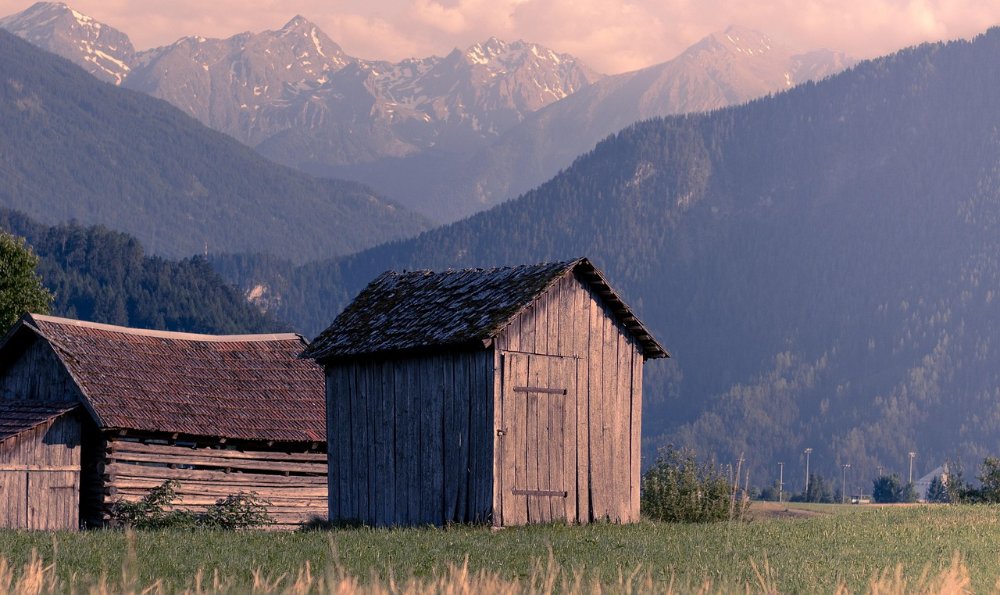The article in the May 1 High Country News on “The toll of Bozeman’s housing crisis,” by Nick Bowlin, was a gut punch for me. Bozeman is bigger and richer and more famous than the Wallowa Country of Northeast Oregon where I live, but we seem to be on their path.
In the Wallowas, like Bozeman, housing prices are going up with scores of second home buyers; Airbnbs make more money for owners than monthly rentals; and low wage and seasonal workers sometimes sleep in tents in Forest Service campgrounds. Is Bozeman our future? Do homelessness and the housing crisis in the West go beyond Los Angeles, Seattle, and Portland to our small towns?
In Bozeman, at a shelter run by the “Human Resource Development Council,” writer Bowlin
writes about visiting a housing “shelter”: “Many of the people who pushed through the doors had just come from work, wearing chain-store uniforms or boots caked in construction-site dirt. One man in a hoodie stamped with a contractor’s logo said that he’d been working on a building in the Yellowstone Club, a hyper-exclusive private ski resort 45 miles south in Big Sky. He’d spent the day installing 400-pound wooden ceiling beams, only to return to Bozeman and a bunk in the shelter’s crowded men’s quarters.”
Is that our future? Dormitories for working people?
One of the privileges of living past 80 is that we can remember a time when housing was not seen as a problem, and “homelessness” was not a word. There were shacks, houses, and big houses. We called the housing on the White Earth Reservation between our Minnesota town and North Dakota “shacks.” And the place where hobos camped by the railroad tracks was the sheep shack, where livestock was gathered before shipping. As kids, we watched the “Judas goat” lead sheep into boxcars from that shack
My grandmother’s old Minnesota house had an outhouse, and the new house, after the first
one burned to the ground, had a chemical toilet inside. But most of us, especially kids and
younger adults, still used the outhouse, reserving the chemical toilet for grandma. There were still a lot of outhouses in small towns and on farms, but, inside toilet or no, as I
remember it, everyone had a home.
That was in the 1940s and early 50s. We moved to Southern California in 1952, and there were still shacks, houses, and nice houses. Some bigger that we called mansions, high on hills in Oceanside, overlooking the town and ocean, or along the beach. A few wealthy locals and some Hollywood people who commuted on weekends lived in a gated beach community called St. Malo. The houses were, by covenant, “tudor.” We snuck past the gate to use their stretch of beach.
There was also Posole Town, where the streets were unpaved and the houses small and
crowded, and mostly Mexican. There was Marine Corps housing too, small apartments with
married Marines, and barracks for single Marines. Some officers and NCOs had houses in town. And a few blocks away, in a house built into an older neighborhood in the 1940s, our
family — mom, dad, grandma, and four kids — lived in a nice stucco house with a patio and one bathroom. Our house, our home, was middle class. Most of my friends lived at the same level — or up or down. I don’t remember homeless.
For most of my 50 years in Oregon, there have been shacks, houses, and nice houses in
Wallowa County. And mobile homes, single and double-wide, which have been a way for young people and those who work low-wage jobs to have a home. Historically, there were boarding houses; I’ve seen the numbered rooms in two of them. In my time, in the 1970s, sheepherders in for the rare weekend stayed in rooms with bathrooms down the hall above the drugstore in Enterprise. The drugstore and its boarding rooms have now been totally rebuilt and are advertised as “luxury fully equipped vacation rental condos.”
Over the last 20 or 30 years, we have seen “big houses,” with a number of them
counted as second homes. Second homes now comprise 25% of our housing. For much of the year, we have empty houses up and down the streets, and in summer, workers crowded into the few available and affordable rentals or tenting in US Forest Service campgrounds.
The word “homeless” is still not used much here, although we hear “couch surfing,” and loud complaints from the hospital, schools, and main street employers that lack of housing is a big deal in their recruitment and retention of workers.
The housing bell, with those streets of occasionally occupied houses and the continual rise of house and lot prices, rang in my ears as I read about the shelters in Bozeman. I know that we’re not alone, and the pinch is tightest in the most desirable rural places — places
where the 10% who can afford second homes want to be. The screw turns quickly as the
wealth gap widens.
Is Bozeman our future?
Discover more from Post Alley
Subscribe to get the latest posts sent to your email.

I’d locate my summer home in Wallowa County. Could be the most beautiful country I ever saw, and I bet I’m not alone on that.
But this problem has a lot more roots than that. :You could set up a place like that in Enterprise, provide economical indoor private lodgings for working class visitors. But you won’t, nor will anyone else, and there a handful of reasons. Real estate seems to be climbing out of reach everywhere, not just where the affluent are going., and there are a handful of reasons. There’s something unsustainable about the direction we’re going.